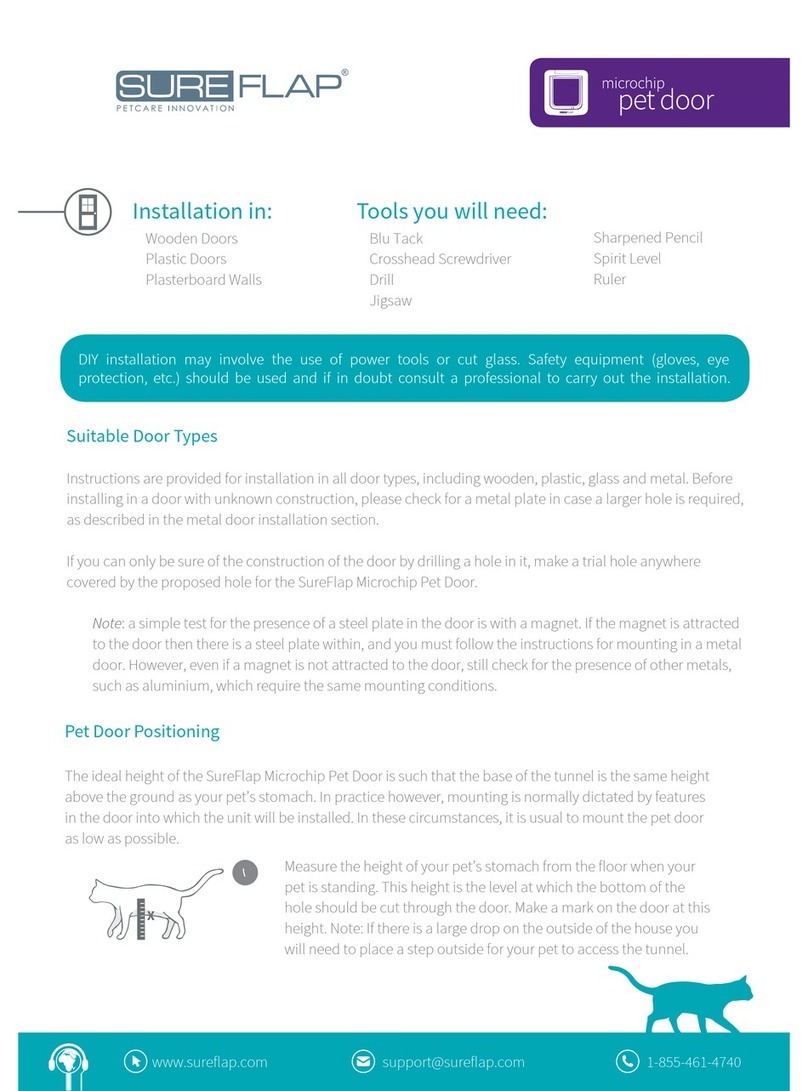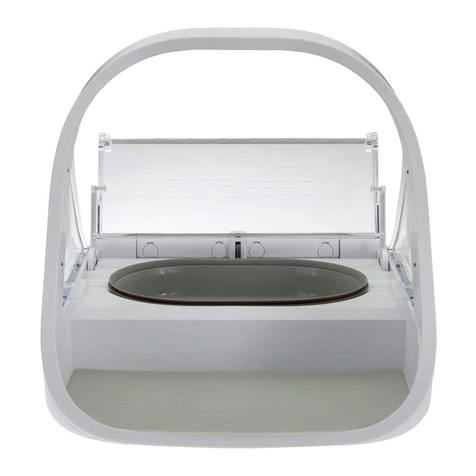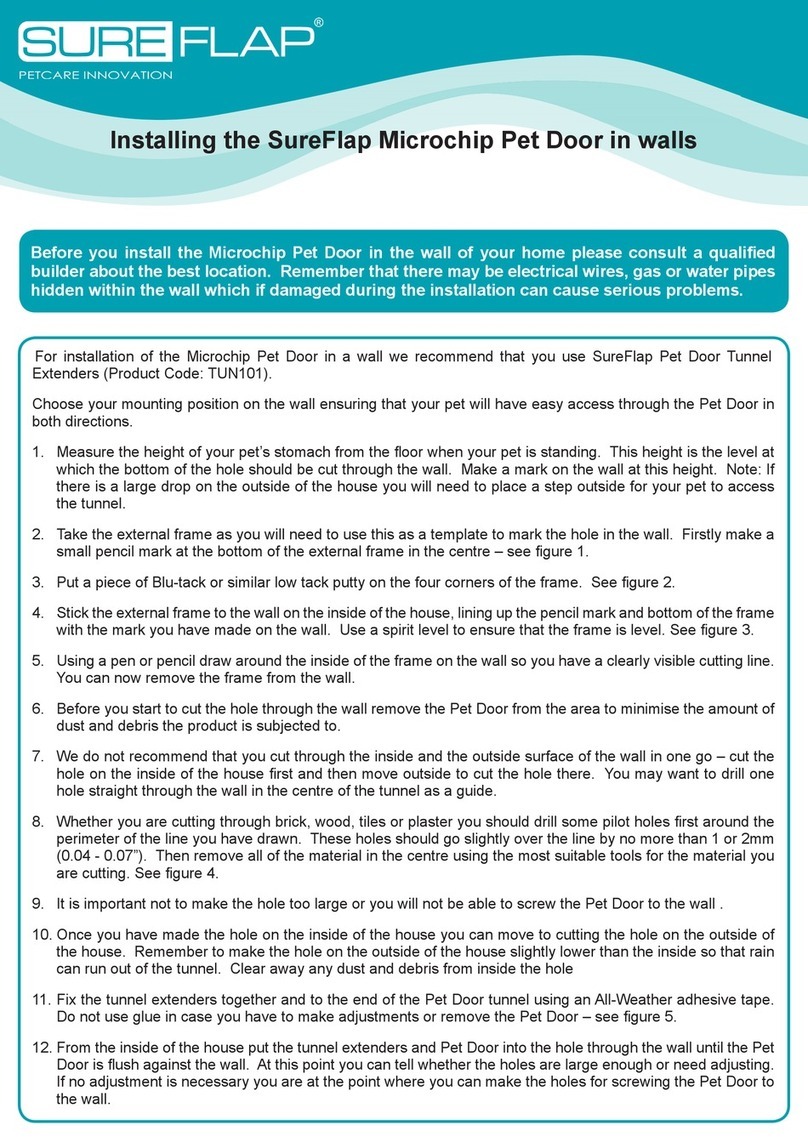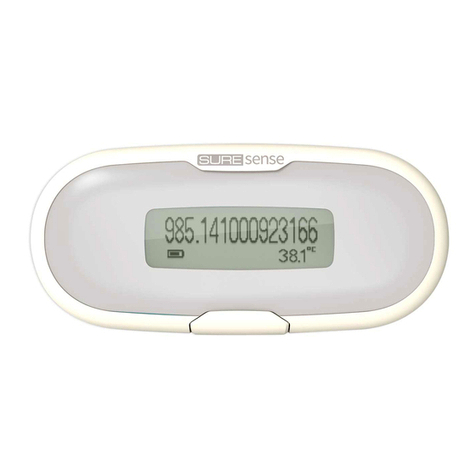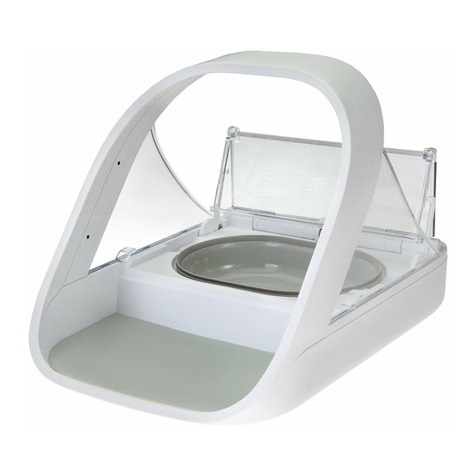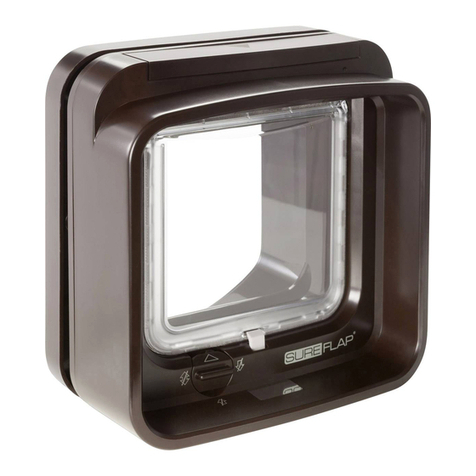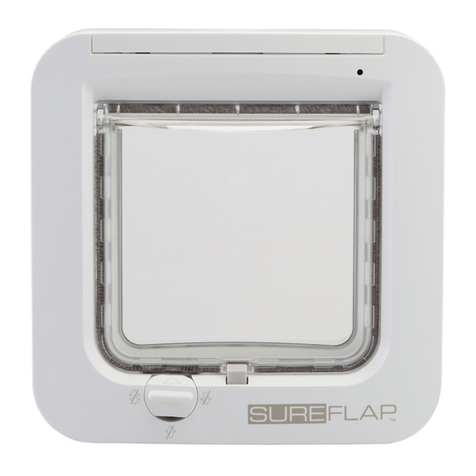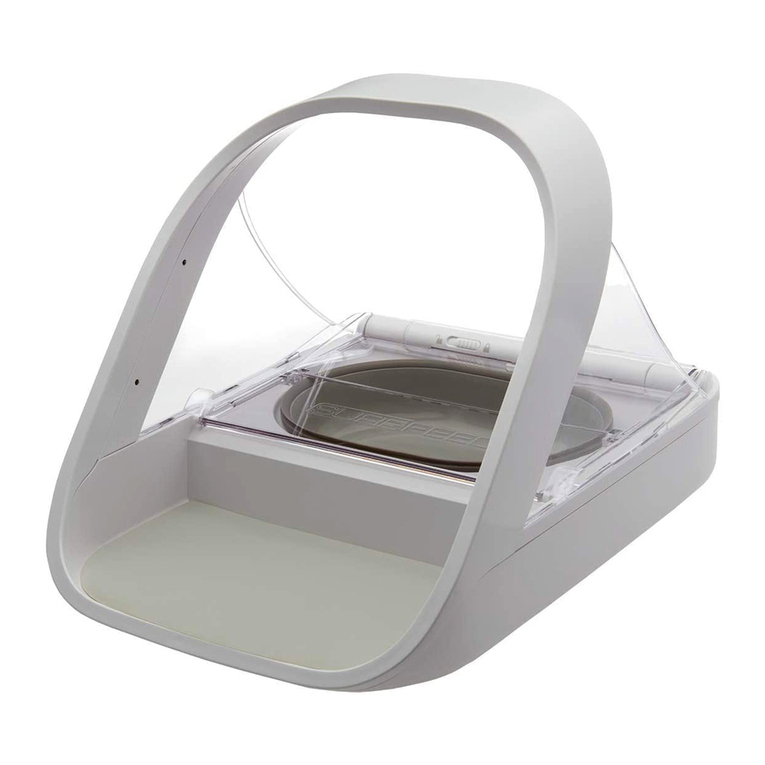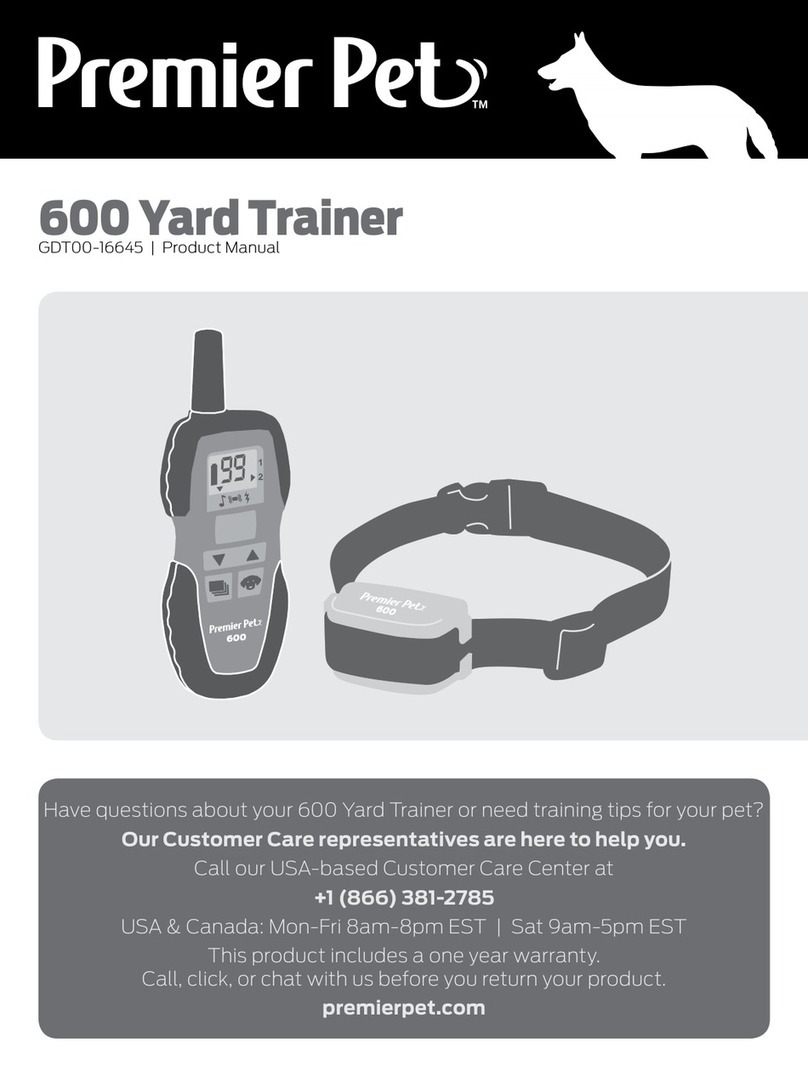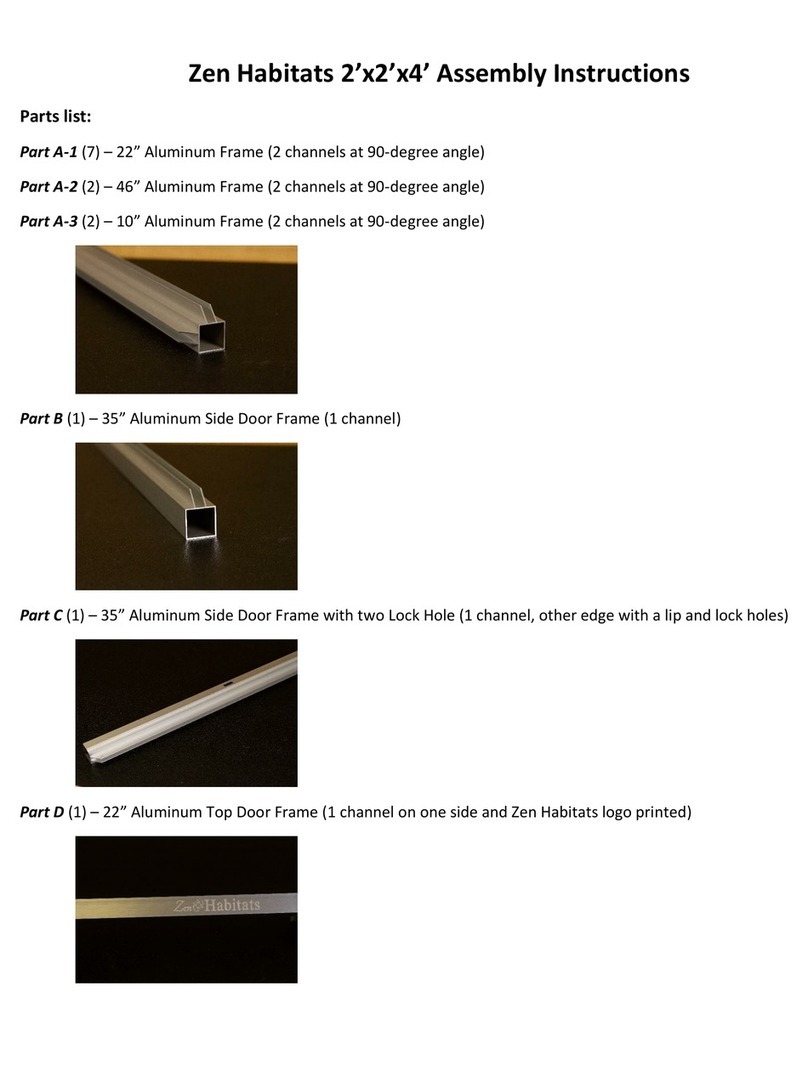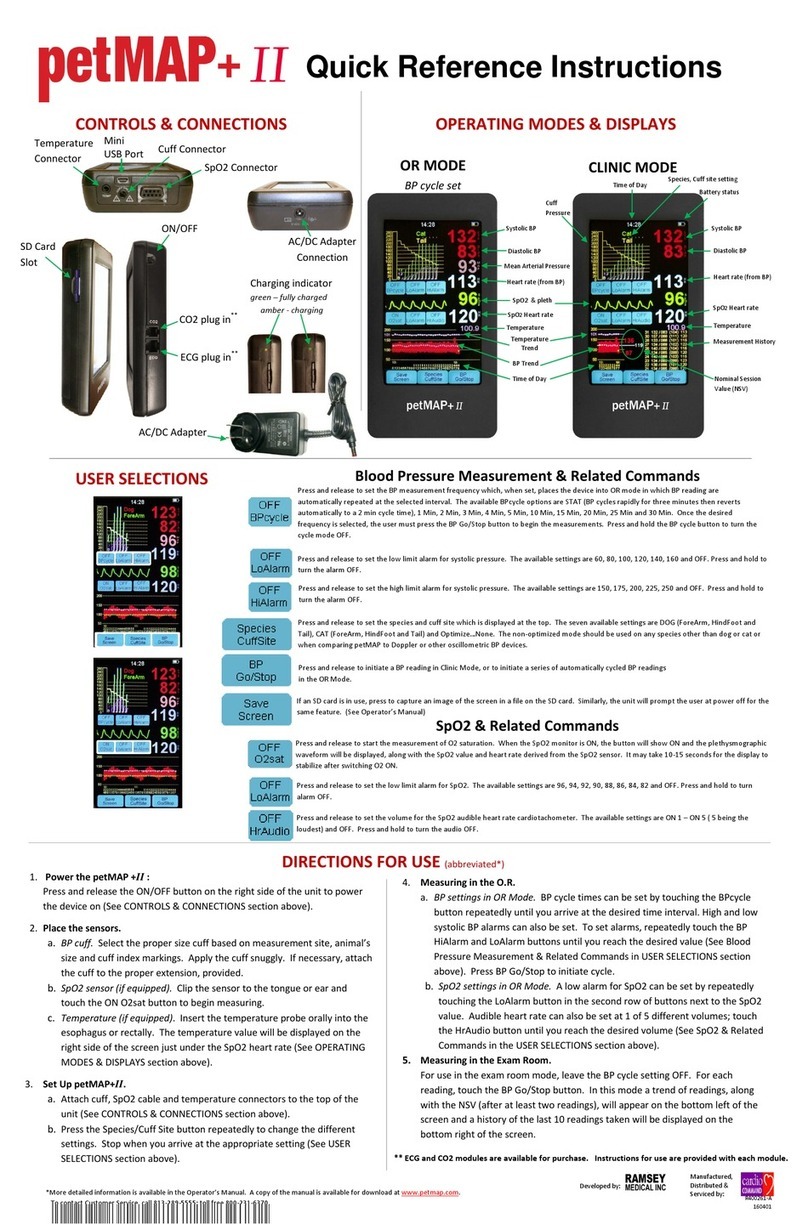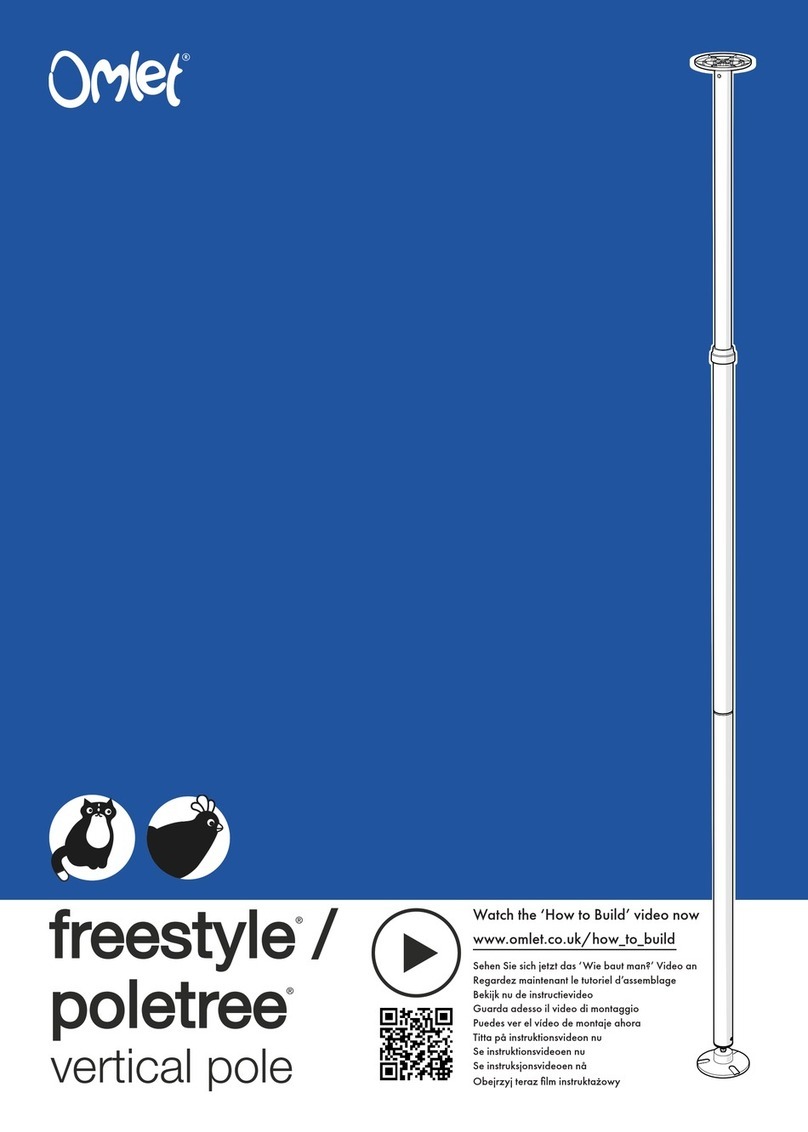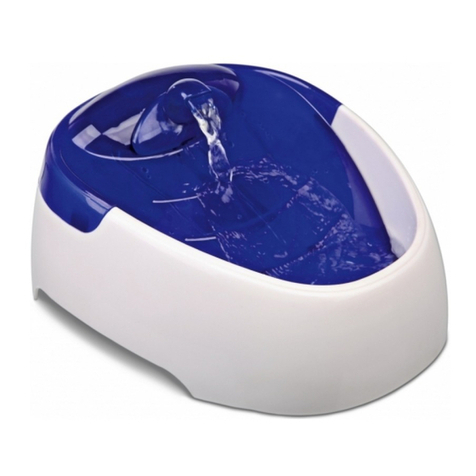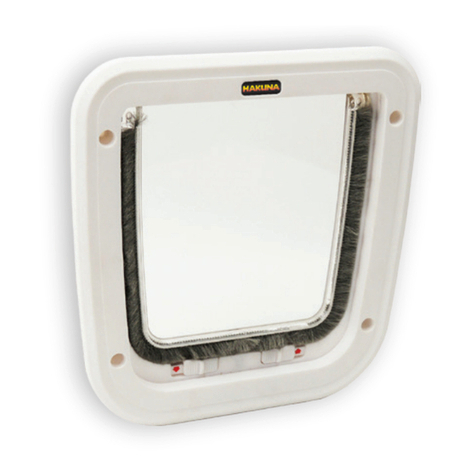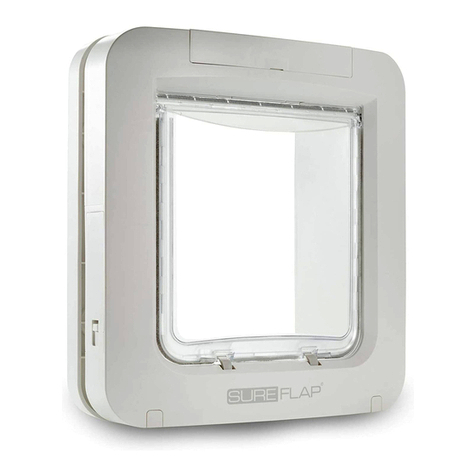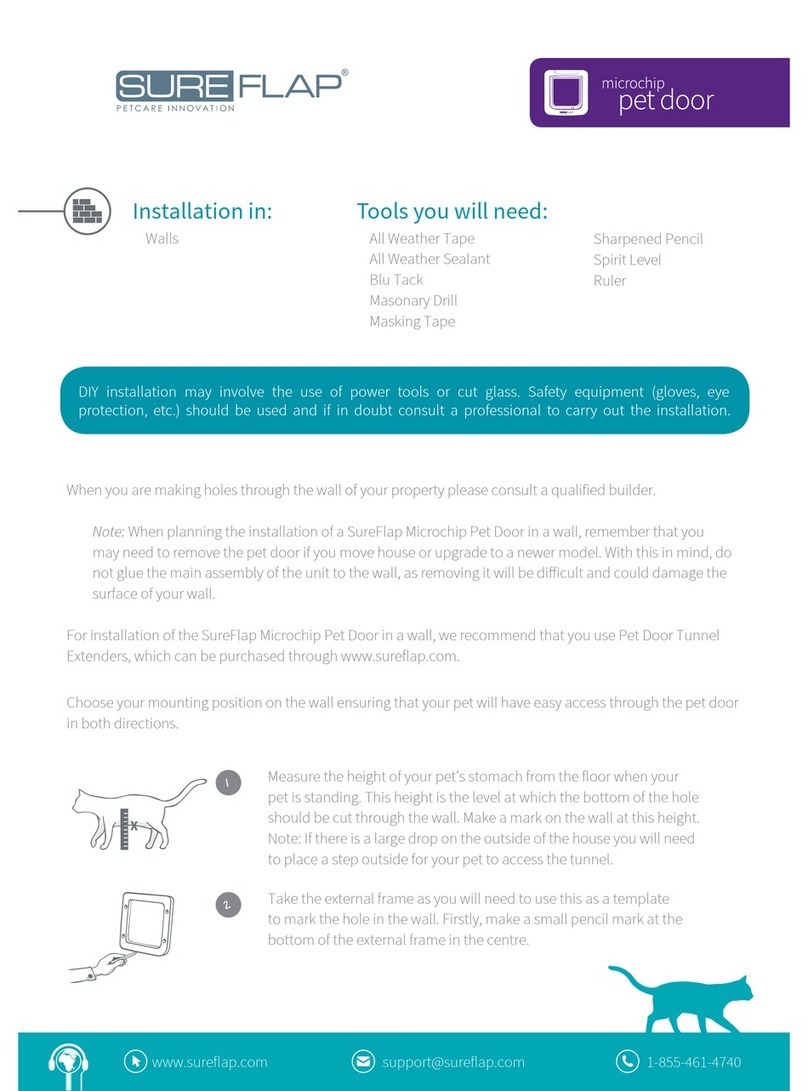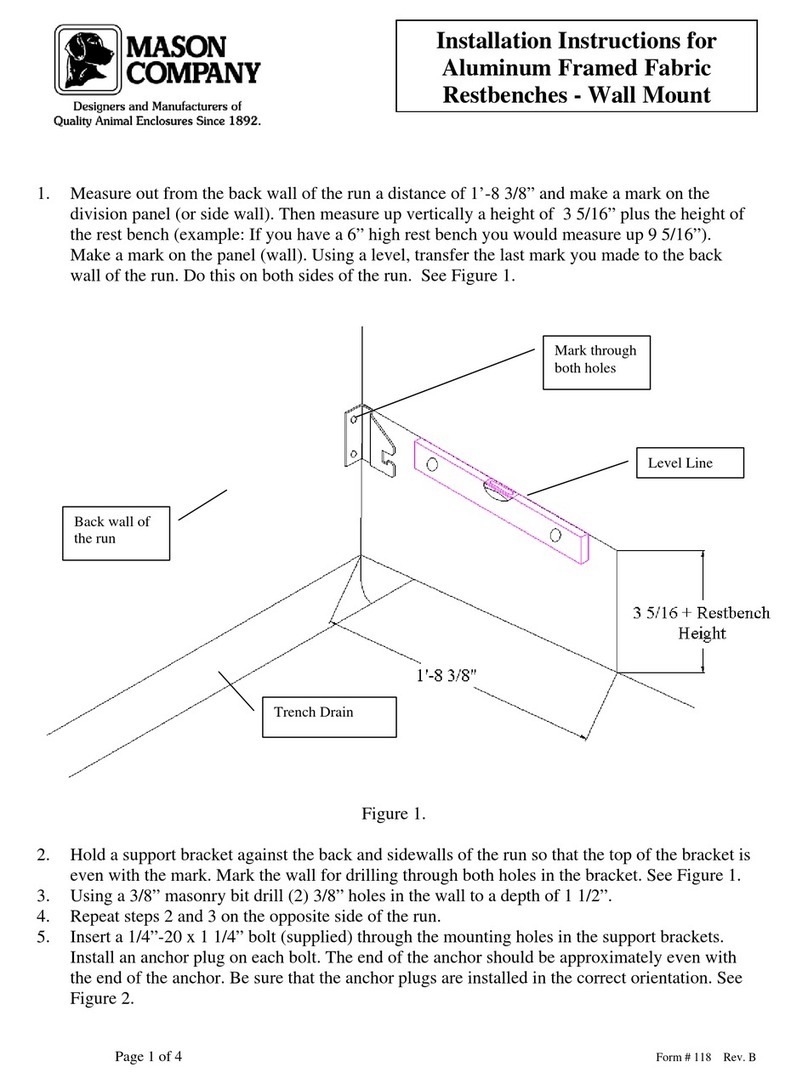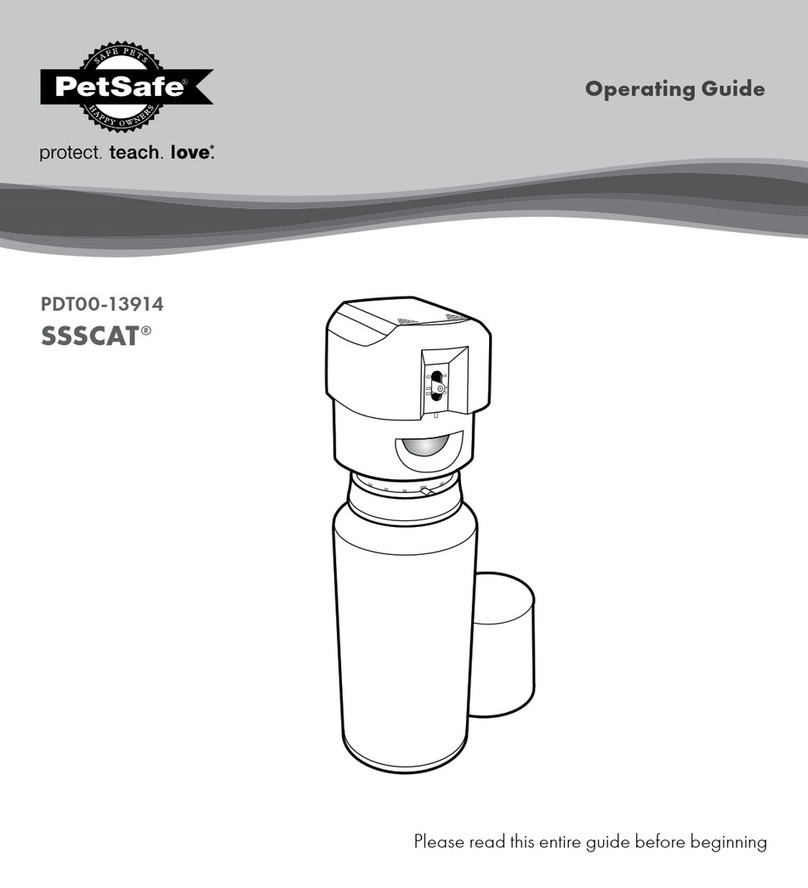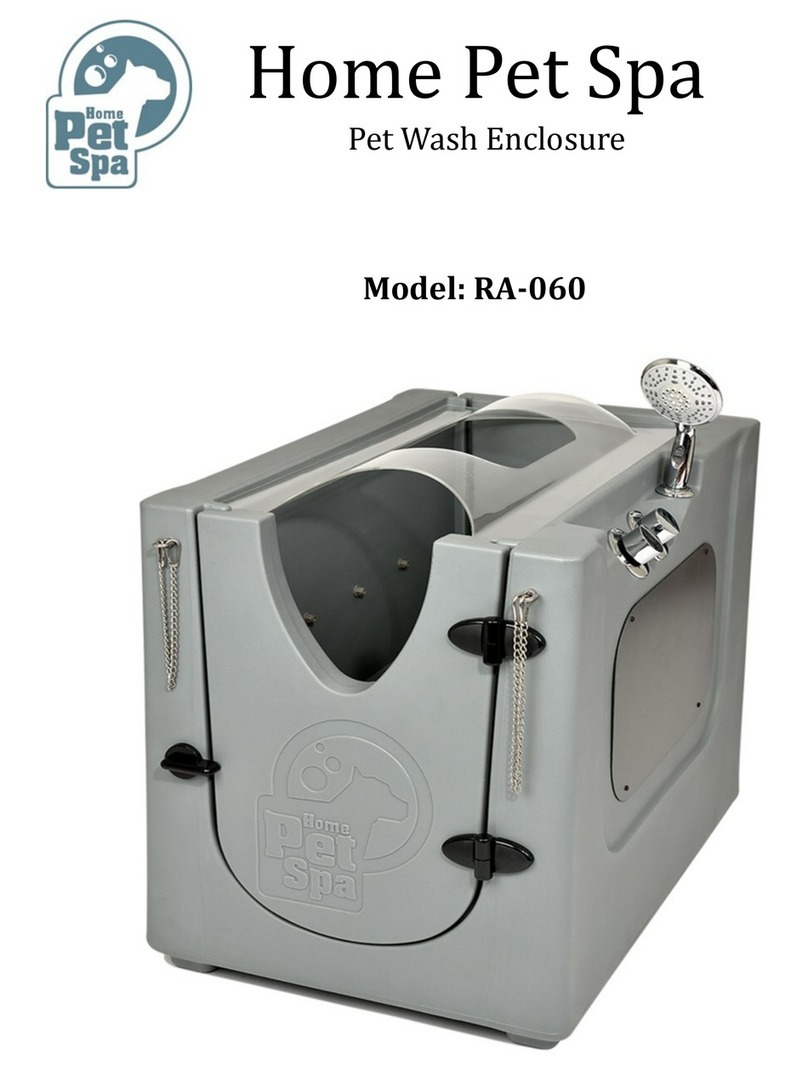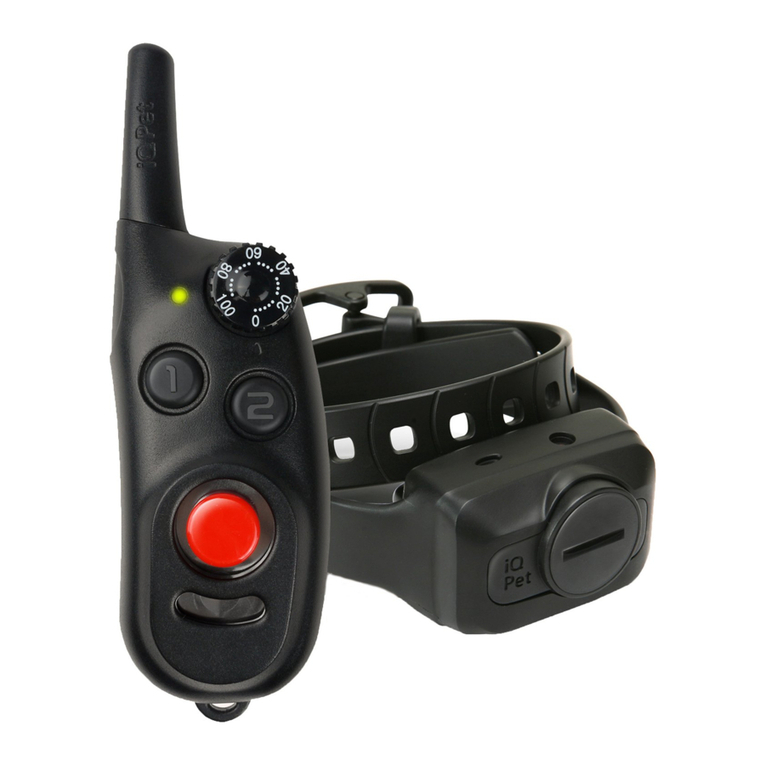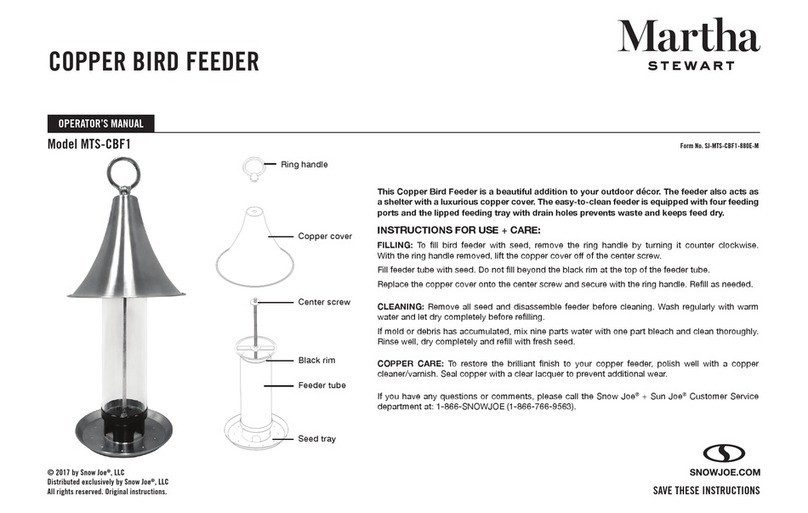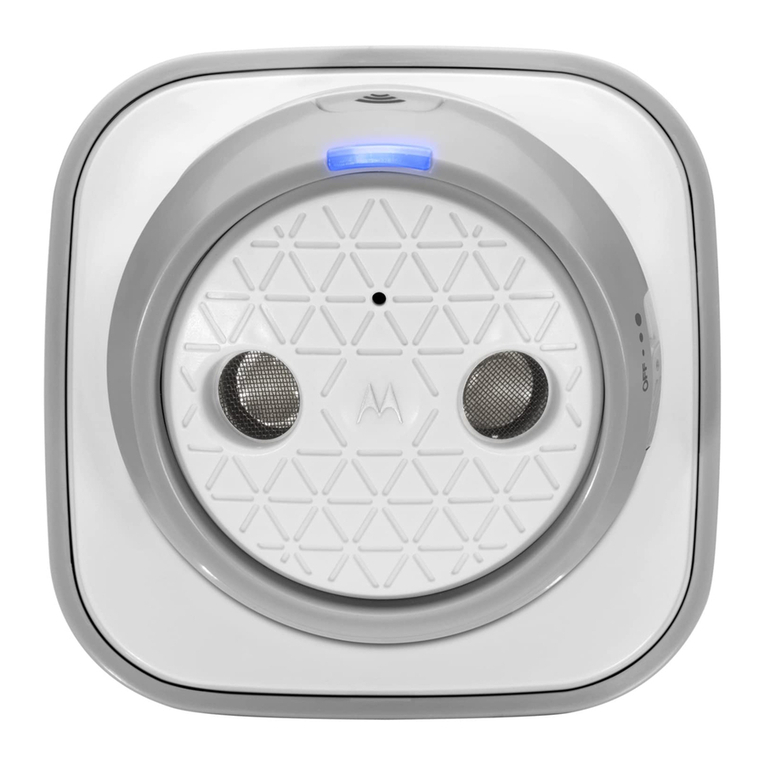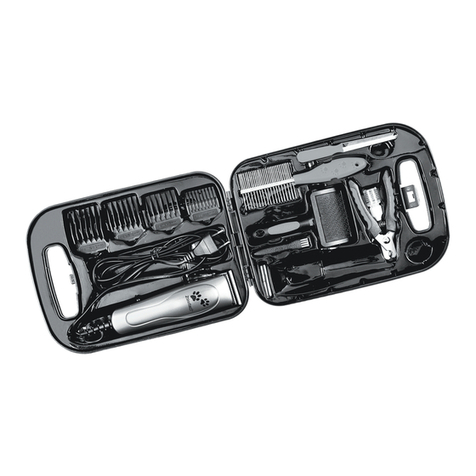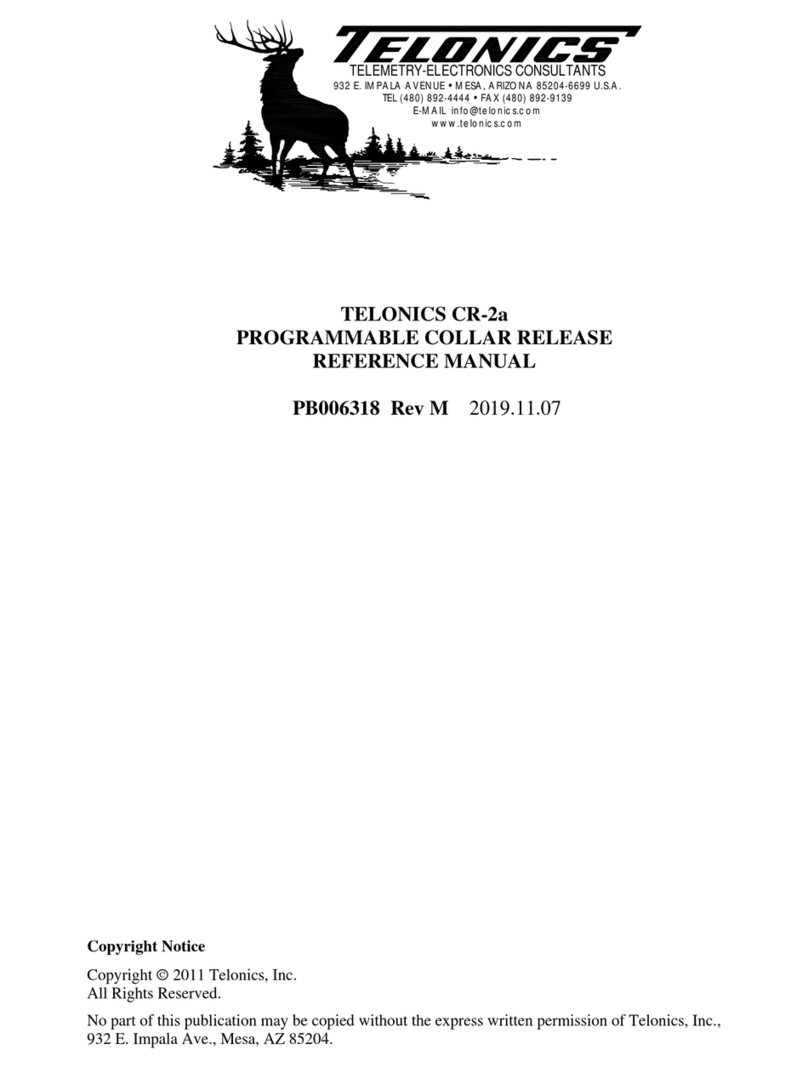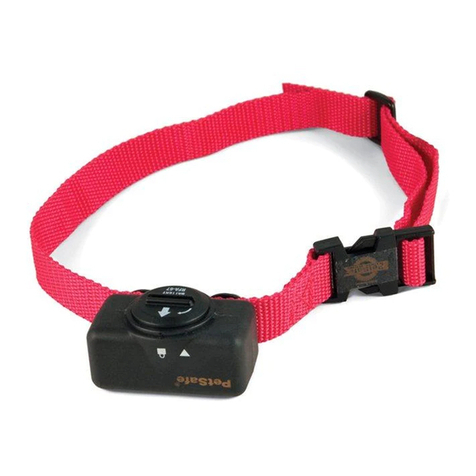CHILDREN: Children should not be permitted to play with the SureFlap
Microchip Cat Flap. It is not a toy and should not be treated as such.
However, the Microchip Cat Flap can be used by children aged 8 years
and above and also by persons with reduced physical, sensory or mental
capabilities as long as they are supervised or have been given instructions
on how to use the product in a safe way. They should always be made
aware of any potential hazards involved. Do not allow children of any age
to clean the product without supervision.
There are small components used in the construction of this item. Any
loose items should be kept away from young children whilst assembling
your item to avoid the danger of choking hazards.
PETS: Sure Petcare recommends that the SureFlap Microchip Cat Flap is
used with your pet’s implanted microchip, however it may also be operated
using the Sure Petcare RFID Collar Tag. If using the collar tag, it should be used
with a safety collar which incorporates a breakaway buckle (cats only). Sure
Petcare cannot accept liability for any injury or death caused by a pets collar.
This cat flap is to be used only for cats which can fit through the flap
opening dimensions as shown on page 10.
SECURITY: The motorised locks are provided exclusively to prevent the
entry of unwelcome animals and are not a security device. Sure Petcare
cannot accept liability for unintended use and the owner of this product
accepts full responsibility for supervising the access in and out of the home
that it provides.
INSTALLATION: Before installing your cat flap you should consider any
potential hazards present inside or outside the intended location, as well
as the impact that subsequent modifications to your property may have on
the use of your cat flap.
If you have any doubts concerning the installation of your cat flap, it is
recommended that you consult a professional.
Do not install the SureFlap Microchip Cat Flap in a fire door, as it will
render the fire door unfit for purpose.
CAUTION: In rare situations and very extreme weather conditions, water may
enter through your door and present a slipping hazard. Take care to clean up
any water on the floor.
CHILD PROOFING: In households with children, it is essential to include
the cat flap in childproofing considerations. Misuse of the cat flap by a
child may result in the child coming into contact with potential dangers. For
this reason, young children should be monitored at all times when in the
immediate vicinity of the cat flap.




















